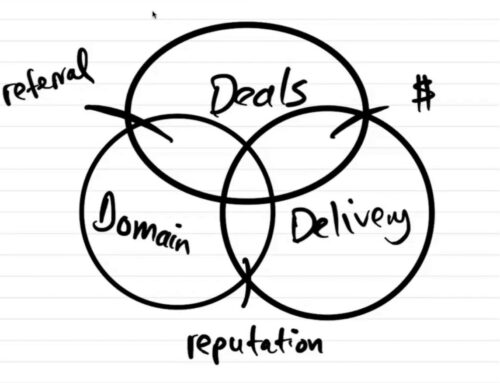Growing and Scaling Your Tech Company, with Brant Cooper, Vidya Dinamani and Michael Singer
How would you navigate growing and scaling your tech company from 30 million to 200 million? Now how would you do it if that growth happened in just one year? Our guest today has been through those exact trenches, and he’s here to share his experiences.
Michael Singer is the EVP of Technology at Veyo and he joins Vidya Dinamani of AdAstra and Brant Cooper of Moves The Needle. We talk about Veyo’s tremendous growth and the challenges it brought, why they couldn’t really use agile approaches to their growth and much more. Join us for all the details on episode 64 of The CTO Studio.
In this episode, you’ll hear:
- What makes Veyo different than Uber? (4:50)
- What agile means and what it doesn’t. (9:40)
- Should everything be agile always? (12:35)
- What was it like to grow Veyo from 3 employees to almost 600 in three years? (19:55)
- What is the post-CTO phase? (28:10)
- And so much more!
We begin our podcast by discussing Michael’s company: Veyo. Veyo works in the healthcare transportation field. They pick up healthcare members, drive them to their appointments and then takes them home. They’ve been called Uber for healthcare. Veyo partners with health insurance companies and the insurance companies’ members call Veyo or use their app to schedule rides.
While this type of offering has existed, Veyo is disrupting this industry by using drivers who drive their own vehicles. Their drivers have thorough background checks, drug testing and CPR training.
Vidya asked the astute question of why wouldn’t people just use Uber? What makes Veyo their choice?
Veyo is different in that they also manage benefits; what they offer is more complex than what Uber can provide. When the patient goes to their doctor first the patient’s insurance is checked, then it is determined what services the patient is eligible for including whether or not they can use Veyo. Veyo has to find what the best and most appropriate mode of transportation is for the patient, often it is a simple buss pass.
We next talk about what agile actually is and when you should use a waterfall approach before Vidya then asks how Veyo goes beyond the high-level regulations. Michael explains they want to bring a better, more affordable experience to healthcare transportation. They want to provide a cheaper and better product to what already exists.
They also care about their members and want to be sure they are picking up more and more of them so they are looking for those details in every contract. It is a whole service and ecosystem they are bringing in; they are innovating in call centers, rideshares, etc.
They are bringing technology into a space that was using faxes and filing cabinets! In other words, this space was very inefficient and they are trying to disrupt and change that through better services to the members (both patients and insurance companies). They are also providing transparency, which is another disruptor in this industry.
What was the hardest thing for Veyo to do? It was scaling. There were a lot of things that were hard including convincing the companies to change – so many asked them to send emails AND a fax!
But the hardest issue on their side was scale. Growing from 3 employees at the beginning to their 600 employees today was challenging. Beyond the technical challenges that growth entailed, scaling a company is also very difficult.
Building processes that can take years they had to build in a year, or even in a month. And the company itself changes – a company that does 30 million in revenue is very different from a company that does 60 million and a company that does 120 million. When that happens over the course of just a year – as it did for Veyo – scaling becomes incredibly challenging.
So how did they do it? Michael jokingly says you need to be Superman! But in all seriousness, being part of a network has been extremely helpful. He recommends the same to everyone he meets who is in his same situation. It is helpful to have peers who have been through something similar or are going through it at the same time.
Next I ask Michael to tell us how they built Veyo and structured it, including how many people report to him now. That number has fluctuated but as of now he has a Director of Engineering who runs the engineering piece of the organization, and a VP of Product who manages the product and UX. He also has a Chief Architect who works on innovation and algorithms, along with a Director of Data Science and a Director of IT.
He goes on to explain what each of these roles do in more detail, and we discuss if innovation should be a CTO’s focus and how to stay motivated in our roles. Tune in for all of that and more on today’s edition of CTO Studio.
Episode Resources:
Share This Story, Choose Your Platform!
Related Podcasts




